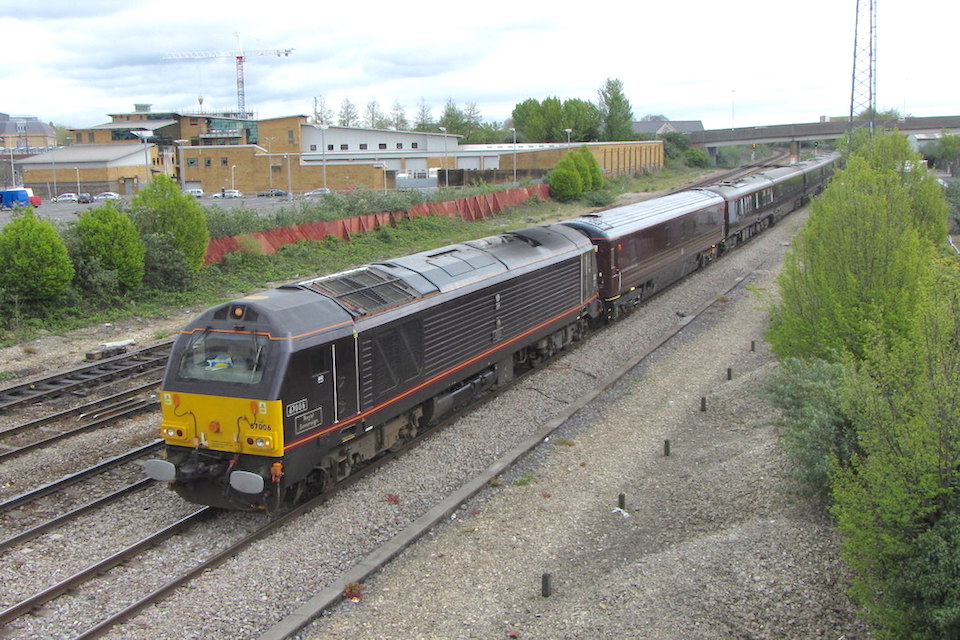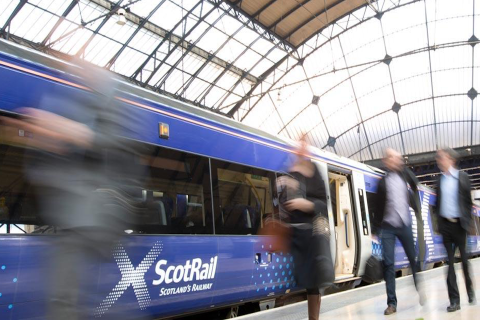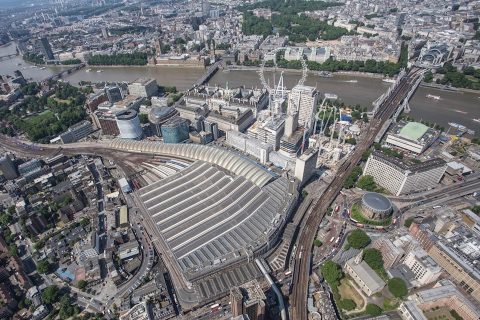The sombre and last duty of the Royal Train

Having made many journeys and tours of the country, the late Queen Elizabeth will make her very last journey through Great Britain by the most recognisable means of transport, the dedicated Royal Train. However, with no rail head nearby, a meticulously laid out plan, codenamed Operation Unicorn, will convey Her Majesty by road procession in a five hour journey from her summer home at Balmoral in Aberdeenshire, to Edinburgh where she will lie in state in the Scottish capital.
Want to read more?
You have read all of your free premium articles for this month. Please become a subscriber to keep reading.
Subscribe now!
Take advantage of our exclusive offer to get full access to all premium content.




